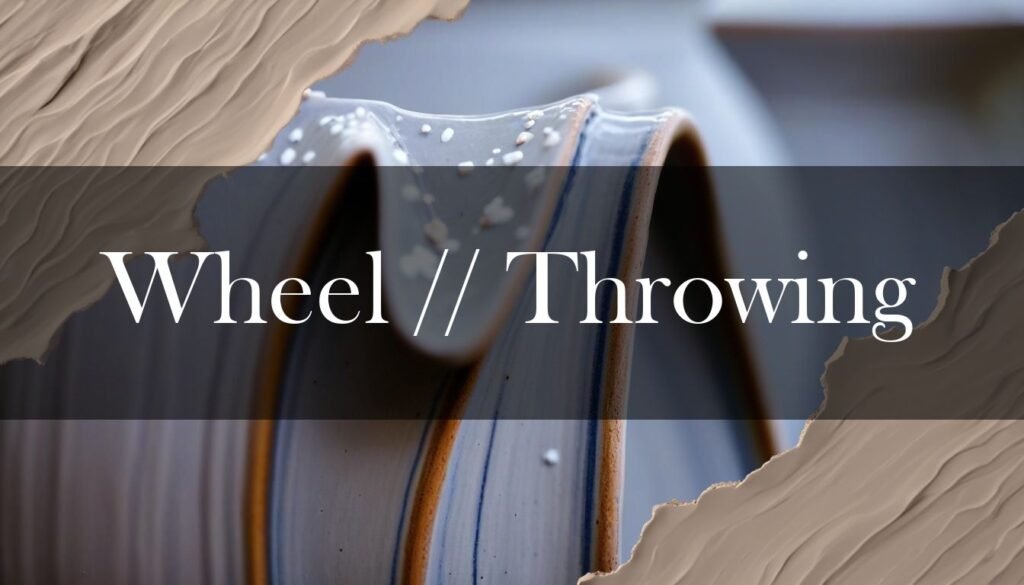Wheel-throwing is such a magical process, isn’t it? Taking a simple lump of clay and, through skill and patience, coaxing it into a beautiful, functional form. It all starts with understanding the fundamental techniques that make this transformation possible. Let’s dive into some of these essential steps.
First, you have to prepare your clay through wedging. This involves kneading the clay to remove any pesky air bubbles and ensure a consistent texture throughout. Think of it like giving your clay a good massage to get it ready for its big day on the wheel! Once wedged, the real fun begins with centering. This is where you get that ball of clay perfectly balanced on the spinning wheel. It requires a steady hand, good posture, and a whole lot of practice. Getting the clay centered is key to achieving symmetry in your final piece; it prevents those annoying wobbles that can throw off your whole design. After centering, you’ll create an opening in the middle of the clay, forming the initial hollow of your vessel. From there, you begin pulling the walls upwards, gradually shaping the clay into a cylinder or whatever form your heart desires. This is where you’ll refine the form by applying pressure to the inside and outside of the pot, guiding the clay into its final shape.
Once you’ve got your basic shape, it’s time to refine it further. This often involves trimming the piece once it’s leather-hard, removing excess clay to define the form and create a foot ring. Trimming is a delicate process that requires a steady hand and a good eye for detail. Finally, after trimming, the piece needs to dry completely before being fired in a kiln. The first firing, known as bisque firing, hardens the clay, making it ready for glazing. Then, a final glaze firing brings out the colors and textures of your glazes, giving your piece its final, finished look.
Mastering these wheel-throwing techniques takes time and dedication, but the rewards are well worth the effort.
There are many resources available to help you along the way, such as the instructional videos and articles covering various techniques. And don’t be afraid to experiment with different forms and styles, from simple bowls to elegant vases, to hone your skills and develop your unique style. Remember, pottery is a journey, not a destination, so enjoy the process and celebrate every little victory along the way!





